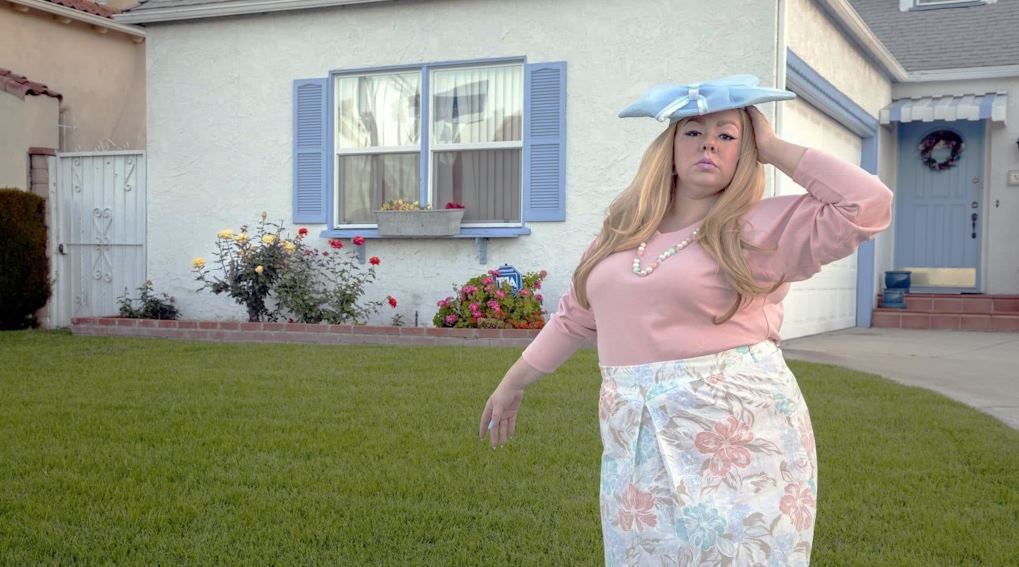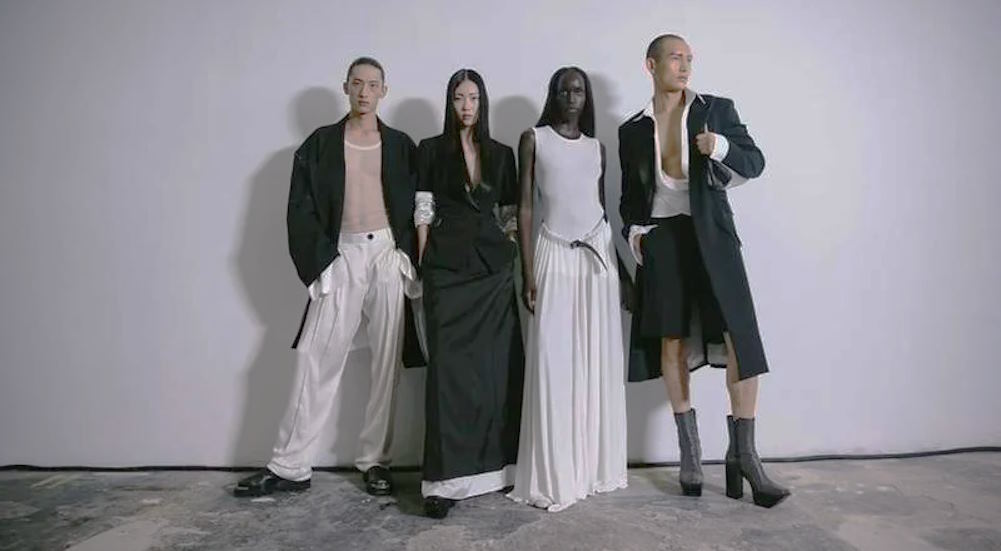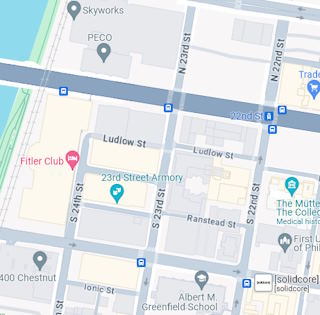The Role of Fashion in Identity Formation
- Published in Classy & Chic Fashion
- Permalink

Fashion is more than just clothing; it’s a language through which we communicate our identities to the world. From the way we dress to the accessories we adorn, every fashion choice speaks volumes about who we are and how we wish to be perceived. Indeed, fashion plays a pivotal role in the intricate process of identity formation, shaping both individual and collective senses of self. Whether consciously or unconsciously, we use fashion to express our personalities, beliefs, and affiliations, forging connections with like-minded individuals and asserting our place within various social and cultural contexts.
Social Identity and Fashion
In the vibrant tapestry of fashion, one thread stands out prominently: its role as a marker of social status and belonging. From luxury labels to streetwear brands, the clothes we wear often signal our socioeconomic standing and cultural affiliations. Whether it’s the designer handbag dangling from a wrist or the logo-emblazoned sneakers adorning feet, fashion serves as a visual shorthand for where we stand in the societal hierarchy. Through meticulously curated ensembles, individuals carve out their place in the world, seeking validation and recognition within their respective social circles.
 Delving deeper into the intricate web of fashion subcultures and tribes, we uncover the power of clothing to unite like-minded individuals under a shared aesthetic or ethos. From punk rockers with their leather jackets and safety pins to hip-hop aficionados donning oversized hoodies and gold chains, subcultures form around specific styles, music genres, and lifestyle choices. These communities offer a sense of belonging and camaraderie, providing individuals with a supportive space to express themselves authentically and push boundaries.
Delving deeper into the intricate web of fashion subcultures and tribes, we uncover the power of clothing to unite like-minded individuals under a shared aesthetic or ethos. From punk rockers with their leather jackets and safety pins to hip-hop aficionados donning oversized hoodies and gold chains, subcultures form around specific styles, music genres, and lifestyle choices. These communities offer a sense of belonging and camaraderie, providing individuals with a supportive space to express themselves authentically and push boundaries.
Furthermore, fashion serves as a potent tool for asserting group identity and solidarity, particularly in times of social and political upheaval. Whether it’s donning symbolic attire during protests or embracing cultural garments as a form of resistance, clothing can become a powerful means of collective expression. By rallying around shared sartorial symbols, communities affirm their values, assert their presence, and demand recognition, making fashion not just a reflection of identity, but a catalyst for social change.
Cultural Identity and Fashion
In the realm of fashion, cultural identity weaves a rich tapestry of traditions, histories, and symbols, reflected in the garments we wear. Through fashion, individuals proudly showcase their cultural heritage, weaving stories of ancestry and tradition into every stitch and pattern. From vibrant textiles to intricate embroidery techniques, clothing becomes a canvas for celebrating diverse cultures and preserving their legacy for generations to come.
Yet, amidst this celebration, the line between appropriation and appreciation in fashion often blurs. While borrowing elements from different cultures can foster cross-cultural exchange and appreciation, it can also perpetuate harmful stereotypes and strip cultural symbols of their significance. It’s essential for fashion enthusiasts to navigate this delicate balance with sensitivity and respect, recognizing the origins and meanings behind the styles they embrace.
Globalization has further complicated the landscape of cultural identities in fashion. As borders blur and cultures intermingle, fashion becomes a melting pot of influences from around the world. While this can lead to exciting innovations and collaborations, it also risks homogenizing diverse cultural expressions. Therefore, it’s crucial for fashion to embrace cultural diversity authentically, amplifying marginalized voices and celebrating the unique perspectives they bring to the table. Ultimately, fashion has the power to bridge cultural divides, fostering understanding, appreciation, and unity in a world that grows increasingly interconnected.

Gender Identity and Fashion
Fashion serves as both a mirror and a hammer in the construction and deconstruction of gender norms. Traditionally, clothing has been assigned rigid gender roles, with societal expectations dictating what is appropriate for men and women to wear. However, fashion has become a powerful tool for challenging these norms, with designers and individuals alike pushing the boundaries of gender expression. From androgynous silhouettes to gender-neutral clothing lines, fashion blurs the lines between masculine and feminine, opening up new avenues for self-expression.
Moreover, fashion celebrates the fluidity and diversity of gender expression, providing a platform for individuals to explore and embrace their identities authentically. Whether through experimenting with different styles, colors, or textures, fashion empowers individuals to break free from restrictive binaries and express the full spectrum of their gender identities. In doing so, it fosters a more inclusive and accepting society where everyone feels seen and represented.
However, it’s essential to recognize that gender identity intersects with other aspects of identity, such as race, class, and sexuality. These intersecting identities shape individuals’ experiences with fashion, influencing not only how they express their gender but also how they are perceived and treated by society. Therefore, fashion must strive for intersectional inclusivity, acknowledging and amplifying the voices of marginalized communities to create a more equitable and diverse industry.

